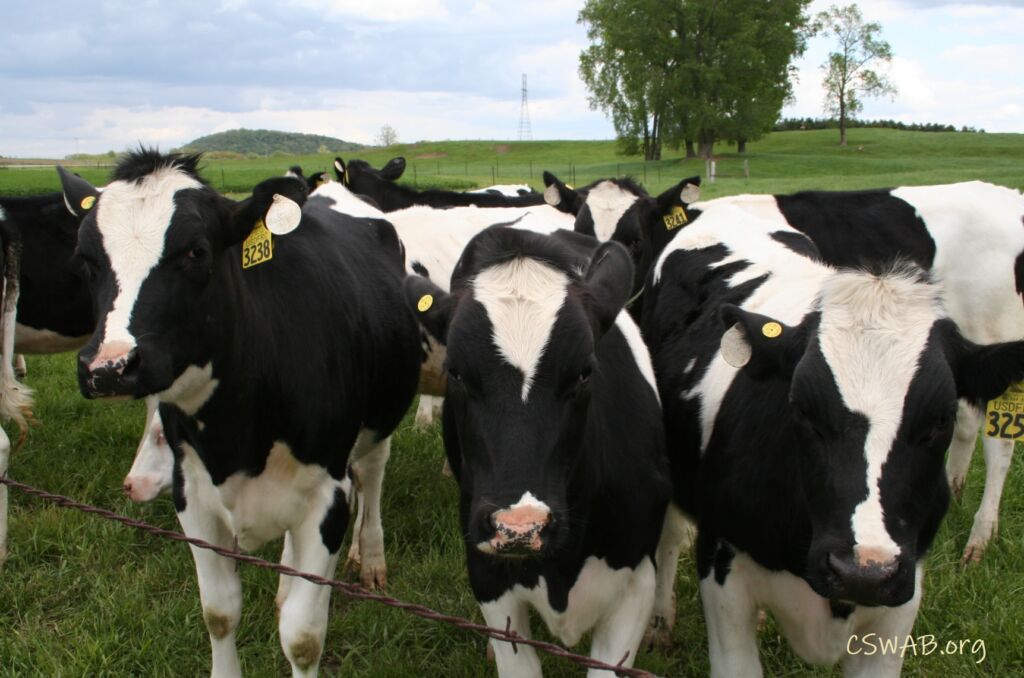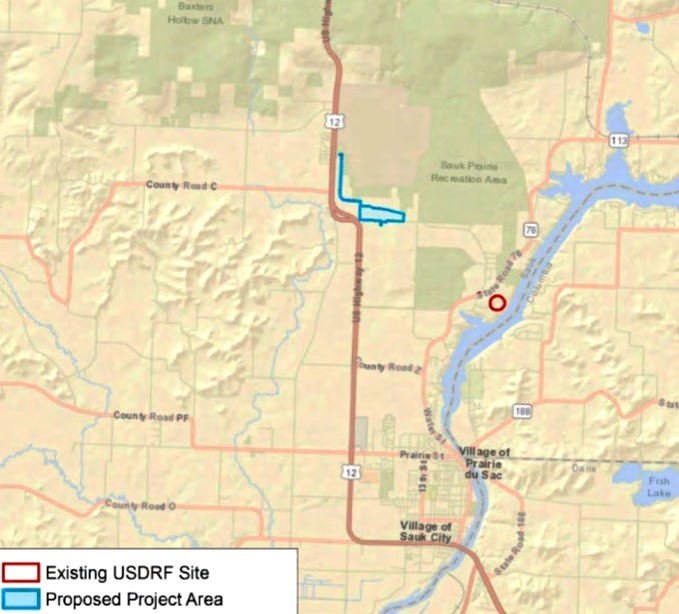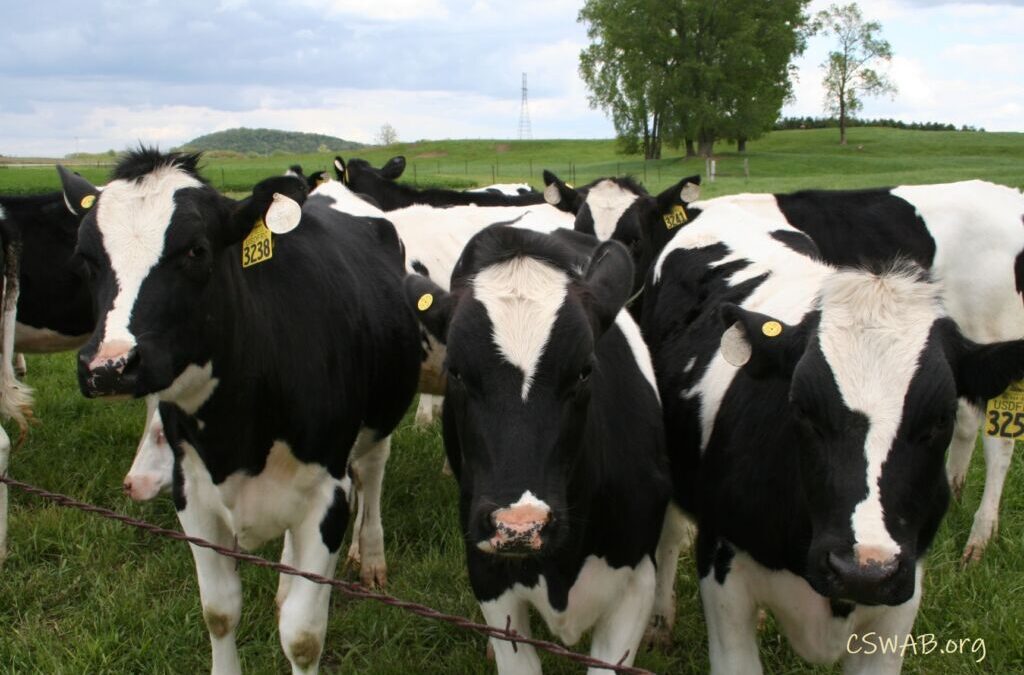
Today, CSWAB submitted detailed public comment on a draft Environmental Assessment (EA) by the U.S. Department of Agriculture (USDA) on the proposed construction and operation of a new 101-acre Dairy Forage Research Center complex along U.S. Highway 12 on former Badger Army Ammunition Plant lands.
According to the draft EA, the “adverse impacts on geology and soils are expected from soil disturbance during construction and an increase in impervious surfaces, including associated erosion and sedimentation. Topsoil would be stripped within approximately 22.9 acres of the work limit, and 133,000 cubic yards of total earth would be moved to the site to support construction. Additionally, impervious surfaces would increase by approximately 21.8 acres, and approximately 60.6 acres of ground disturbance would occur.”
CSWAB’s comments emphasize the group’s long-standing recommendation that comprehensive and appropriate environmental testing be conducted before prescribed burning, ecological restoration, agriculture, grazing, road construction, and all other site disturbance activities occur on former Badger lands – and for good reason.
 For example, on former Badger lands transferred to the Wisconsin DNR, routine prescribed burn of vegetation by the Department ignited an underground fire that burned from August 26-28, 2020 (photo). Despite millions spent by the military on cleanup of munitions contamination, residual soil contamination still poses a risk to human health and the environment today.
For example, on former Badger lands transferred to the Wisconsin DNR, routine prescribed burn of vegetation by the Department ignited an underground fire that burned from August 26-28, 2020 (photo). Despite millions spent by the military on cleanup of munitions contamination, residual soil contamination still poses a risk to human health and the environment today.
During active production years, sludge produced by Badger’s Wastewater Treatment Plant (WWTP) was stored in an Imhoff tank for a period of months. De-watered sludge was then routinely applied to approved fields for “beneficial reuse” on Badger lands. In 2018, soil analysis from these sludge beds encompassed Volatile Organic Compounds (VOCs), the explosive dinitrotoluene (DNT) and isomers, toxic metals, and PCBs.
Still other contaminants of concern in soil include the explosive DNT. The total concentration of DNT in SOIL may actually be higher than has been reported as the Army has only been required to test soils for 2 of the 6 isomers (forms) of DNT found at Badger. However, independent laboratory analysis of soil samples at the Sludge Bed Facility (part of former Badger Sewage Disposal Plant) detected ALL six DNT isomers in at least one of the six soil boring soil samples.
All six forms of DNT have been found in groundwater at levels exceeding Wisconsin’s Groundwater Enforcement Standards. Unlike 2,4- and 2,6-DNT, the four other isomers (2,3- 2,5- 3,5- and 3,4-DNT) have not been shown to biodegrade and are therefore expected to be more persistent in the environment.
Also high on the list of residual contaminants of concern at Badger are PFAS. PFAS can contaminate dairy products if the farm’s water, feed, or soils are contaminated. Farms may be contaminated by PFAS from nearby military bases using aqueous film-forming foam (AFFF), fields being spread with contaminated sludge, and the handling disposal and treatment of industrial wastes. All three potential pathways exist at Badger.
 Exposure to contaminated soils poses a risk to human health and may occur through incidental ingestion, inhalation, dermal adsorption and via the human food chain. The only way to establish the degree of risk is to gather environmental data before soil disturbance is initiated.
Exposure to contaminated soils poses a risk to human health and may occur through incidental ingestion, inhalation, dermal adsorption and via the human food chain. The only way to establish the degree of risk is to gather environmental data before soil disturbance is initiated.
“Becoming informed not only protects human health, it serves as the foundation for successful future use for grazing, prairie restoration, agriculture, research, recreation and wildlife habitat,” the CSWAB report says.
Army Finds Contamination at Site of Underground Fire
Badger Army Final Second Five Year Review Reduced File Size April 2024
CSWAB Comments Dairy Forage USDA Draft EA DFRC Construction Jan 2024
Dairy Forage EA draft Nov 2023
Dairy Forage Notice of Availability of Draft EA Nov 2023
Dairy Forage Soil Investigation 2002
Sludge Beds Badger Bluffview 2018 report
Sludge Beds Subsurface Environmental Assessment 2018 reduced file size

